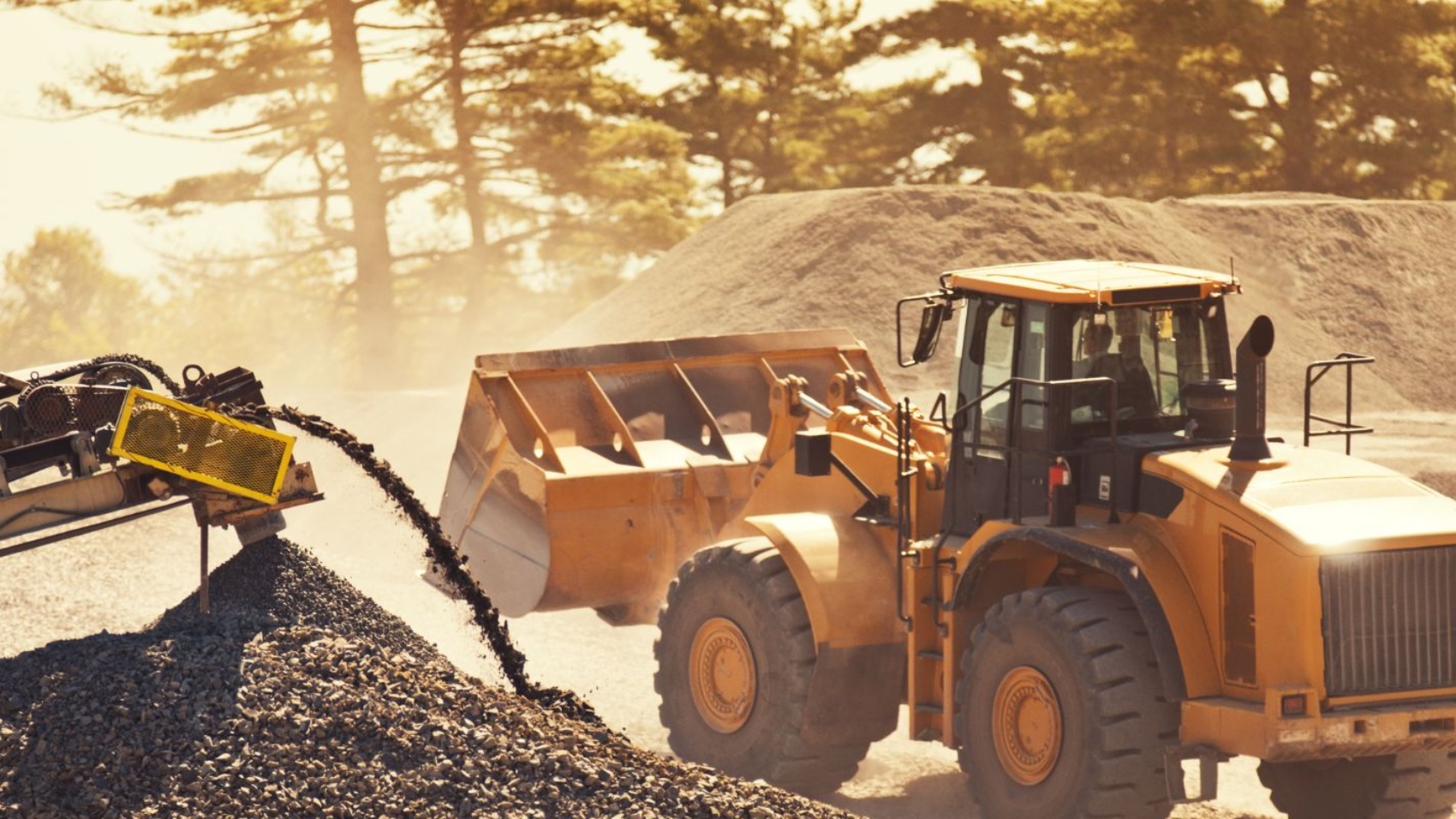Introduction: The construction industry has a significant impact on the environment, with construction machinery being a major contributor to pollution, emissions, and resource depletion. However, renting construction equipment offers several environmental benefits compared to owning equipment outright. Let’s explore the environmental advantages of renting construction machinery:
- Reduced Carbon Footprint: Renting construction machinery reduces carbon emissions and air pollution compared to owning equipment. Rental companies typically maintain newer, more fuel-efficient machinery that meets stringent emissions standards, resulting in lower overall emissions during operation. By renting equipment, contractors can minimize their carbon footprint and contribute to environmental conservation efforts.
- Resource Conservation: Renting construction machinery helps conserve natural resources by extending the lifespan of equipment and reducing the need for new equipment production. Rather than purchasing new machinery for each project, contractors can rent well-maintained, high-quality equipment that has been used by multiple customers. This reduces resource consumption and minimizes the environmental impact associated with equipment manufacturing and disposal.
- Waste Reduction: Renting construction equipment reduces waste generation compared to owning equipment. Rental companies are responsible for maintaining and servicing their equipment fleet, ensuring that machinery remains in optimal condition throughout its lifecycle. This proactive maintenance approach minimizes the likelihood of equipment breakdowns and premature replacements, reducing the amount of waste generated from discarded equipment parts and components.
- Energy Efficiency: Modern rental construction equipment is designed for energy efficiency, with advanced features and technologies that optimize fuel consumption and power usage. By renting energy-efficient machinery, contractors can reduce their energy consumption and operating costs while minimizing their environmental footprint. Energy-efficient equipment also helps mitigate the impact of construction activities on local air quality and ecosystems.
- Sustainable Practices: Renting construction machinery aligns with sustainable business practices by promoting resource efficiency, waste reduction, and emissions mitigation. By choosing rental equipment over ownership, contractors demonstrate their commitment to environmental stewardship and corporate social responsibility. Additionally, renting allows contractors to access green building technologies and equipment models that support sustainable construction practices.
Conclusion: Renting construction machinery offers numerous environmental benefits, including reduced carbon emissions, resource conservation, waste reduction, energy efficiency, and promotion of sustainable practices. By opting for rental equipment, contractors can minimize their environmental footprint and contribute to a more sustainable future for the construction industry and the planet.



